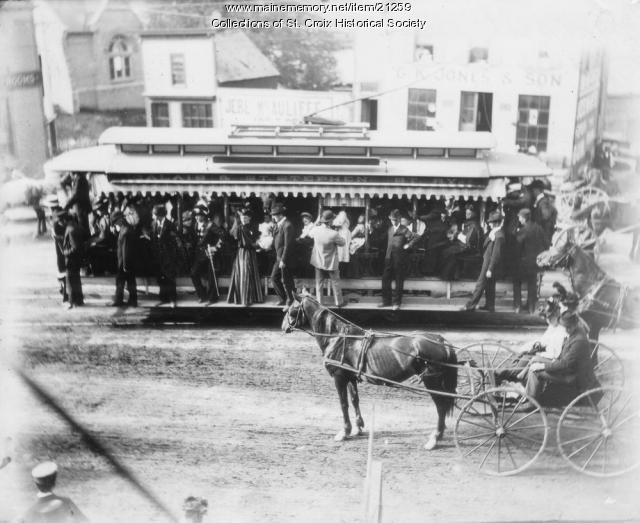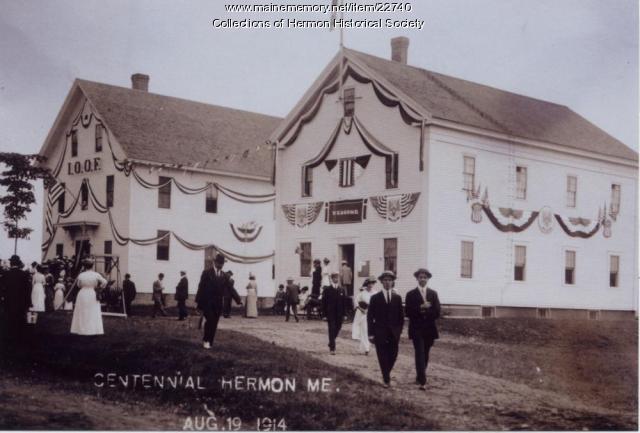Keywords: Congregational Society
Item 79525
Dixfield Congregational Church, High Street, Dixfield, 2006
Contributed by: Dixfield Historical Society Date: circa 2006 Location: Dixfield Media: Postcard
Item 27635
Hampden Congregational Church, Hampden, 1893
Contributed by: Hampden Historical Society Date: 1893 Location: Hampden Media: Photographic print
Item 51977
16 Fobes Street, Portland, 1924
Owner in 1924: Congregational Church Bldg. Society Use: Parsonage
Item 40098
Assessor's Record, 1041-1051 Congress Street, Portland, 1924
Owner in 1924: West Congregational Parish Society Use: Land only
Item 151587
State Street Congregational Church alterations, Portland, 1892-1893
Contributed by: Maine Historical Society
Date: 1892–1893
Location: Portland
Client: State Street Congregational Church
Architect: John Calvin Stevens
This record contains 7 images.
Item 151713
Congregational Church alterations, Winslow, 1951
Contributed by: Maine Historical Society Date: 1951 Location: Winslow Client: Winslow Congregational Church Architect: John Howard Stevens and John Calvin Stevens II Architects
Exhibit
Anshe Sfard, Portland's Early Chassidic Congregation
Chassidic Jews who came to Portland from Eastern Europe formed a congregation in the late 19th century and, in 1917, built a synagogue -- Anshe Sfard -- on Cumberland Avenue in Portland. By the early 1960s, the congregation was largely gone. The building was demolished in 1983.
Exhibit
Drawing Together: Art of the Longfellows
Henry Wadsworth Longfellow is best know as a poet, but he also was accomplished in drawing and music. He shared his love of drawing with most of his siblings. They all shared the frequent activity of drawing and painting with their children. The extended family included many professional as well as amateur artists, and several architects.
Site Page
View collections, facts, and contact information for this Contributing Partner.
Site Page
Westport Island History Committee
View collections, facts, and contact information for this Contributing Partner.
Story
Reverend Thomas Smith of First Parish Portland
by Kristina Minister, Ph.D.
Pastor, Physician, Real Estate Speculator, and Agent for Wabanaki Genocide
Lesson Plan
Building Community/Community Buildings
Grade Level: 6-8
Content Area: Social Studies
Where do people gather? What defines a community? What buildings allow people to congregate to celebrate, learn, debate, vote, and take part in all manner of community activities? Students will evaluate images and primary documents from throughout Maine’s history, and look at some of Maine’s earliest gathering spaces and organizations, and how many communities established themselves around certain types of buildings. Students will make connections between the community buildings of the past and the ways we express identity and create communities today.

















